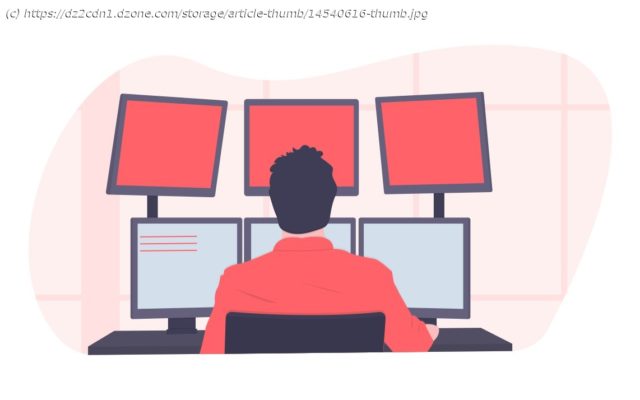Debugging microservices might seem daunting. Arming yourself with the right tools and strategy can make this way easier for you.
Join the DZone community and get the full member experience. The growth in information architecture has urged many IT technologies to adopt cloud services and grow over time. Microservices have been the frontrunner in this regard and have grown exponentially in their popularity for designing diverse applications to be independently deployable services. Trivia: In a survey by O’Reilly, over 50% of respondents said that more than 50% of new development in their organisation utilise microservices. Using isolated modules, microservices in the Cloud stray away from using monolithic systems, where an entire application could fail due to a single error in a module. This provides developers with much broader flexibility for editing and deploying customizable codes without worrying about affecting separate modules. However, this approach brings along unique challenges when there is an accidental introduction of bugs. Debugging microservices in the Cloud can be a daunting task due to the complexity of the information architecture and the transition from the development phase to the production phase. Let’s explore what these challenges are and how you can seamlessly navigate around them. The growth in the demand for microservices brings along complex infrastructures. Every cloud component, module, and serverless calls often conceal the infrastructure’s actual intricacy, making it difficult for DevOps and operations teams to trace and observe the microservice’s internal state based on the outputs. Microservices running independently makes it especially difficult to track any user requests existing in the asynchronous modules, which might cause a chain-reproduction of errors. It also means that detecting services interacting with each other might become susceptible to these errors.






